What is Cupping Therapy?
Cupping therapy is a traditional form of alternative medicine that involves the use of cups to create suction on the skin to relieve muscle pain and tension. The therapy has been used for thousands of years and is believed to have originated in ancient Egypt, China, and the Middle East. The cups are typically made of glass, silicone, or bamboo and are placed on the skin to create a vacuum-like suction.
What is the science behind cupping therapy?
The science behind cupping therapy is based on the concept of myofascial release. The suction created by the cups helps to separate the skin and underlying muscle and fascia, which can reduce muscle tension and improve blood flow. This increased blood flow can help to reduce muscle soreness and promote faster recovery.
Does cupping therapy really work?
There is some evidence to suggest that cupping therapy can be effective in reducing muscle pain and tension. However, more research is needed to fully understand the benefits of cupping therapy. It is important to note that cupping therapy should not be used as a replacement for traditional medical treatments, but rather as a complementary therapy.
How long do cupping therapy bruises last?
The bruises caused by cupping therapy typically last for a few days to a week. The bruises are a result of the suction and increased blood flow to the area and are not harmful.
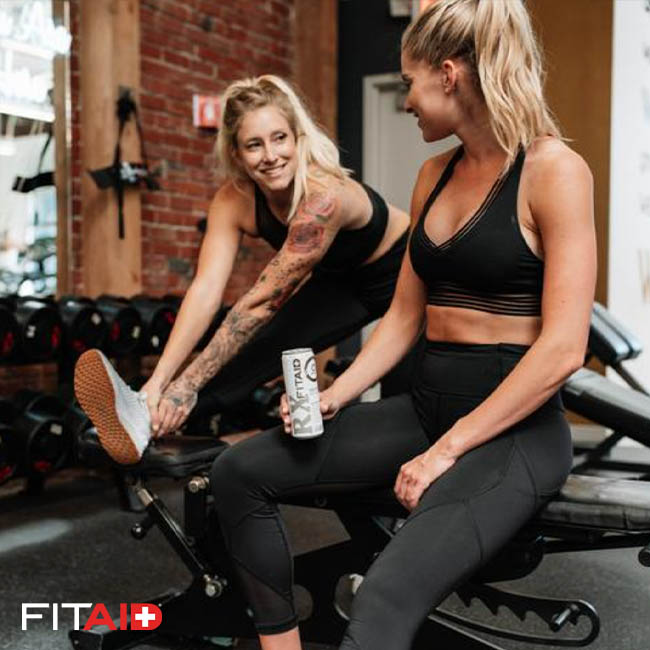
We think FITAID drinks are the best drink for post-cupping therapy sessions and post-workout routines. Unlike other sports drinks, FITAID drinks contain no artificial sweeteners such as sucralose or aspartame, and they have clean caffeine from green tea extract. This makes them a healthier option compared to other sports drinks.
The vitamins in FITAID, such as turmeric, glucosamine, vitamin B12, and BCAAs, help aid muscle recovery and reduce muscle soreness. Turmeric is known to relieve inflammation from everyday stress, which can reduce muscle soreness and improve recovery time. Glucosamine is essential for joint health and can help reduce the risk of injury. Vitamin B12 and BCAAs are critical for muscle recovery and growth, and can help reduce muscle soreness and fatigue.
Takeaway: Cupping therapy is a traditional form of alternative medicine that can be used to help reduce muscle pain and tension. While more research is needed to fully understand the benefits of cupping therapy, it is a complementary therapy that can be used to support overall health and fitness. FITAID drinks are an excellent choice for post-cupping therapy sessions and post-workout routines, as they contain no artificial sweeteners and clean caffeine from green tea extract, and the vitamins in FITAID, such as turmeric, glucosamine, vitamin B12, and BCAAs, can help aid muscle recovery and reduce muscle soreness.
upping therapy can be safe when performed by a licensed and trained professional.
What are some things that can go wrong with cupping therapy?
Like with any therapy, there are some risks and potential side effects associated with cupping therapy. These can include:
Bruising: Cupping therapy can result in bruises on the skin where the cups were applied.
Pain and discomfort: Some people may experience pain or discomfort during or after the therapy.
Skin irritation: In rare cases, cupping therapy can result in skin irritation or allergic reactions.
Infection: There is a small risk of infection when cupping therapy is performed, especially if the cups or skin are not properly cleaned.
Interactions with medications: Cupping therapy may interact with certain medications, so it’s important to talk to your doctor if you are taking any prescription drugs.
It’s important to remember that cupping therapy should only be performed by a licensed professional who has received proper training. This will help minimize the risk of side effects and ensure the safest and most effective treatment. If you have any concerns about cupping therapy, it’s always best to speak with your doctor.
Here is a list of popular cupping therapy kits:
Hijama Cupping Therapy Set: This kit includes various sized cups, a pump, and a carrying case.
Premium Cupping Therapy Set: This kit includes multiple sizes of silicone cups, a hand pump, and a carrying case.
Dr. Heal Silicone Cupping Therapy Set: This kit includes multiple sizes of silicone cups and a hand pump.
Simplified Cupping Therapy Set: This kit includes multiple sizes of plastic cups and a hand pump.
Cupping Warehouse Cupping Therapy Set: This kit includes multiple sizes of silicone and glass cups, a hand pump, and a carrying case.
As for places to get cupping therapy, you can consider the following options:
Massage therapy clinics: Many massage therapy clinics offer cupping therapy as a standalone service or as part of a massage therapy session.
Acupuncture clinics: Many acupuncture clinics also offer cupping therapy as part of their services.
Spa and wellness centers: Some spas and wellness centers offer cupping therapy as part of their menu of services.
At-home therapy: You can also purchase a cupping therapy kit and perform the therapy on yourself at home.
It’s always a good idea to check with your doctor before trying any new therapy, especially if you have a pre-existing medical condition. Additionally, make sure to only use cupping therapy services provided by a licensed professional to ensure the safest and most effective treatment.
Who are some famous people who use cupping therapy?
There are several famous people who have used cupping therapy. Some notable examples include:
Gwyneth Paltrow: The actress and wellness guru has been known to be a fan of cupping therapy and has been seen with cupping marks on her back.
Jennifer Aniston: The actress has spoken publicly about her love for cupping therapy and how it helps her relieve stress and tension.
Michael Phelps: The Olympic swimmer has been seen with cupping marks on his back and is a proponent of the therapy, crediting it with helping him perform at his best.
Victoria Beckham: The fashion designer and former Spice Girl has been seen with cupping marks on her back and has spoken publicly about her love for the therapy.
Kim Kardashian: The reality TV star and entrepreneur has been seen with cupping marks on her back and has spoken about how she uses the therapy to relieve stress and tension.
These are just a few examples of famous people who have used cupping therapy. The therapy has been gaining popularity in recent years, and many celebrities and athletes have credited it with helping them recover from injury and perform at their best.
Here is a list of scientific articles about cupping therapy:
“Cupping therapy for persistent non-specific low back pain: a randomized controlled trial.” by Zhang AL, Li X, Gao Y, et al. (2011)
“Cupping for treating pain: a systematic review of randomized controlled trials.” by Zhang AL, Li X, Gao Y, et al. (2012)
“Cupping therapy in the treatment of musculoskeletal pain: a systematic review.” by Ernst E, Fipper M. (2010)
“Cupping therapy in treatment of knee osteoarthritis: a randomized controlled trial.” by Wang X, Fang H, Li J, et al. (2017)
“Cupping therapy for neck pain: a randomized controlled trial.” by Lee MS, Kim JH, Kim JW, et al. (2011)
“The effects of cupping therapy on pain and physical function in patients with chronic low back pain: a randomized controlled trial.” by Kim JH, Lee MS, Kim JW, et al. (2010)
“The efficacy of cupping therapy on pain, anxiety, and depression in women with fibromyalgia.” by Ozan U, Arslan H, Metintas M, et al. (2017)
“The effect of cupping therapy on muscle pain caused by eccentric exercise: a randomized controlled trial.” by Kim JW, Lee MS, Kim JH, et al. (2010)
“Cupping therapy for herpes zoster: a randomized controlled trial.” by Liu J, Wong R, Li X, et al. (2012)
“Cupping for migraine: a randomized controlled trial.” by Li X, Wong R, Liu J, et al. (2012)
These articles provide a starting point for understanding the current state of scientific research on cupping therapy. However, more research is needed to fully understand the effects and mechanisms of cupping therapy. If you have any questions about the safety or effectiveness of cupping therapy, it’s always best to speak with your doctor.


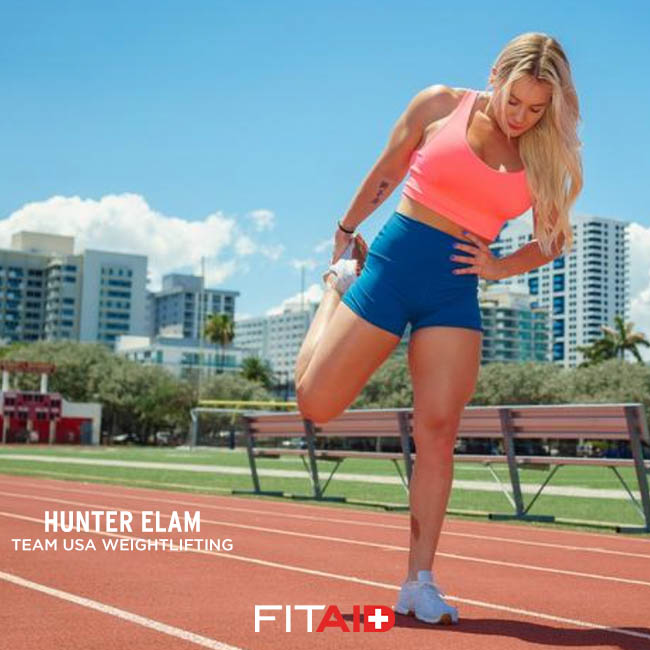
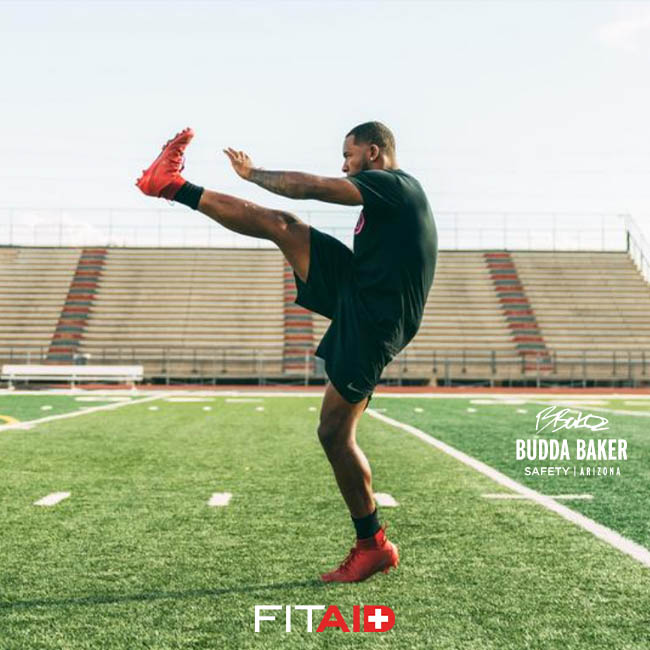




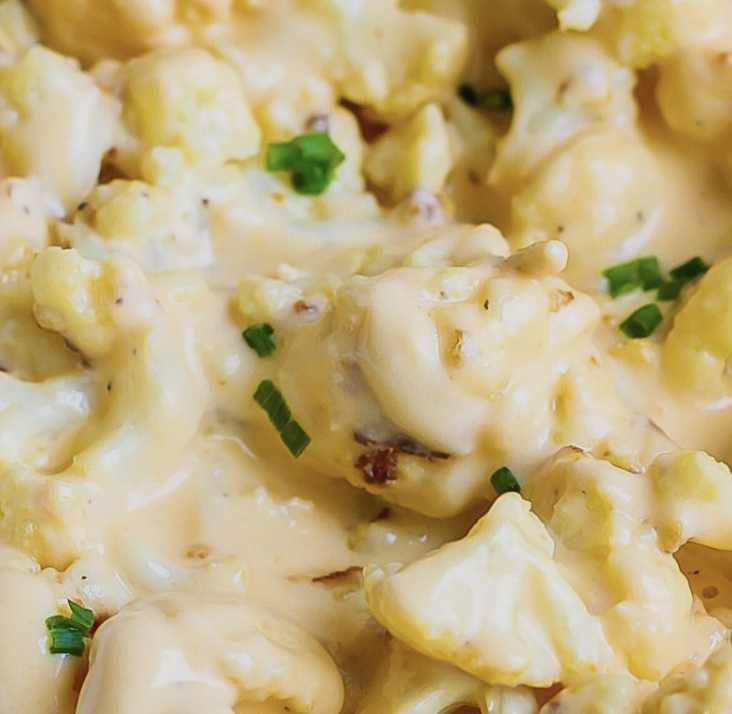


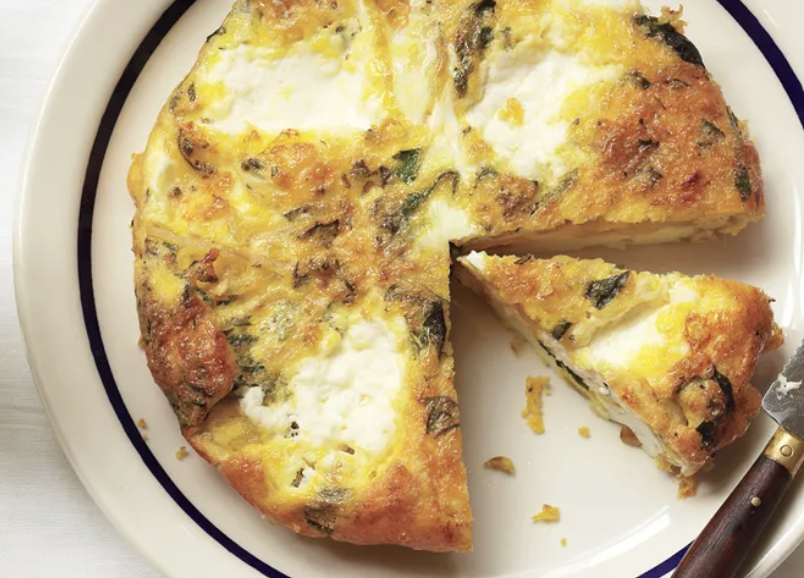

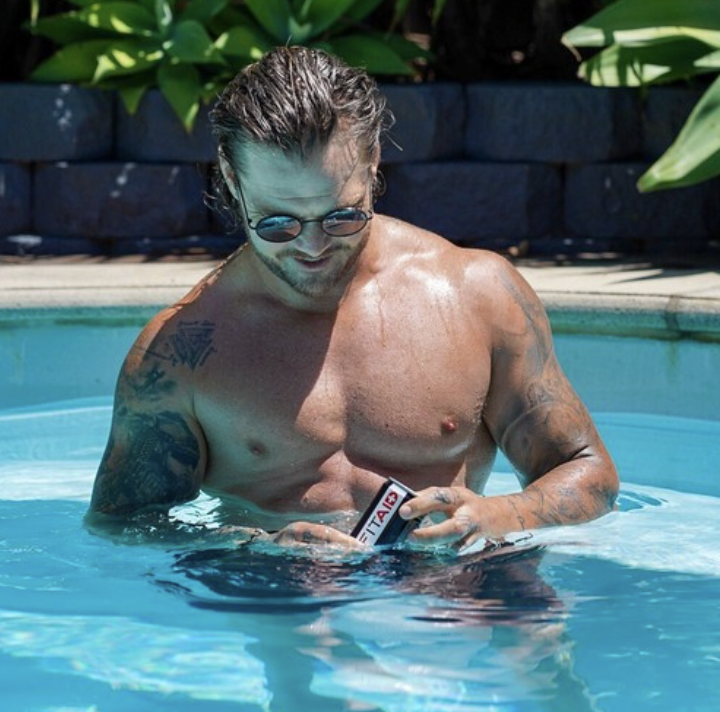
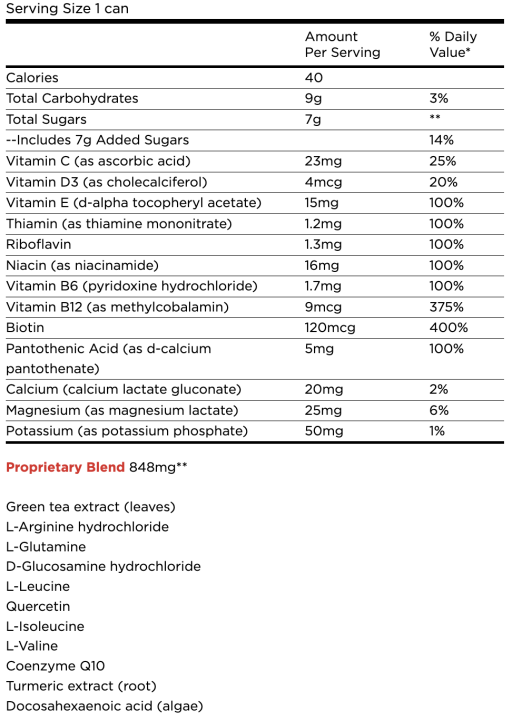
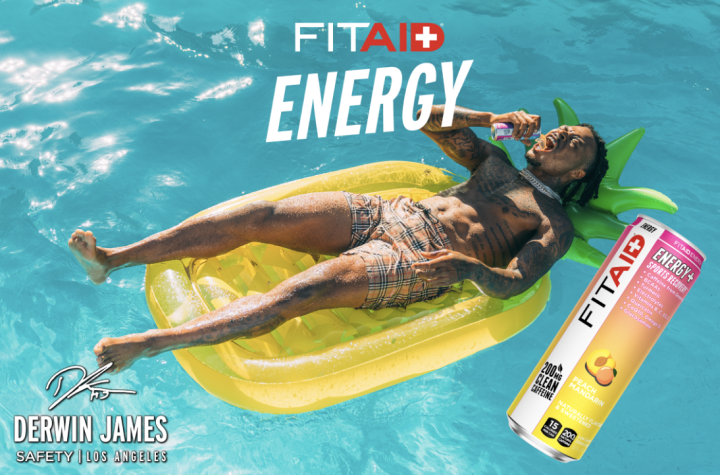
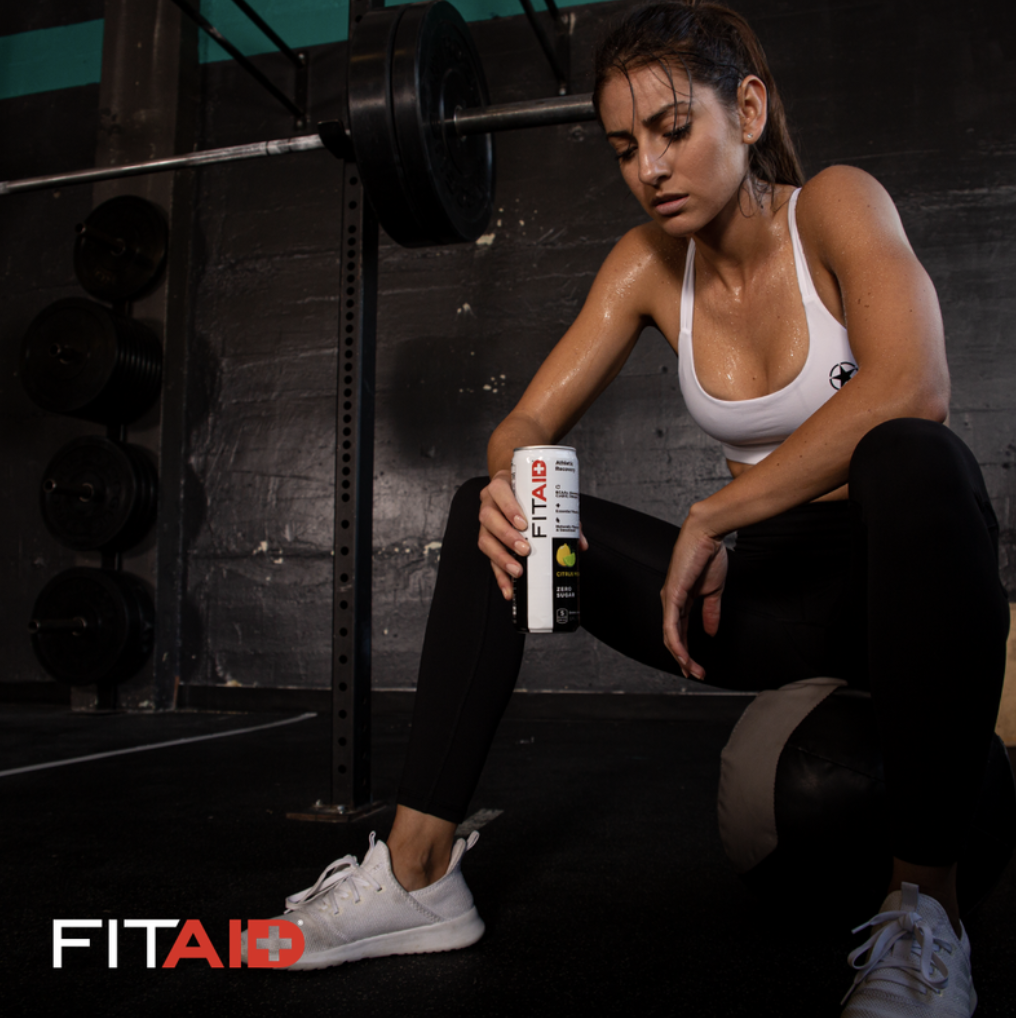
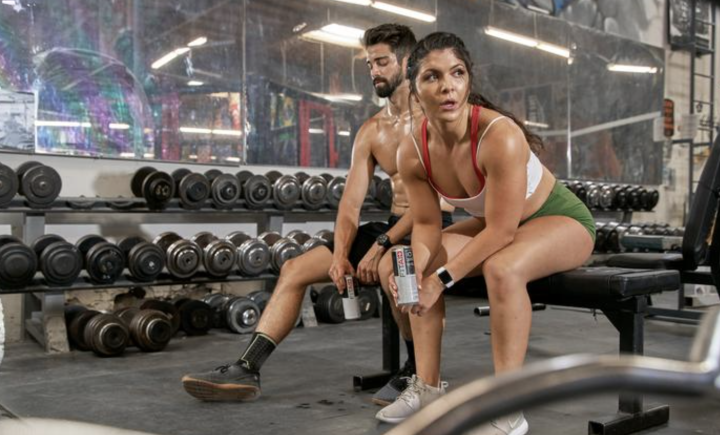
 The use of infrared saunas as a part of post-workout recovery is growing in popularity as many athletes and fitness enthusiasts have reported significant benefits from using them.
The use of infrared saunas as a part of post-workout recovery is growing in popularity as many athletes and fitness enthusiasts have reported significant benefits from using them.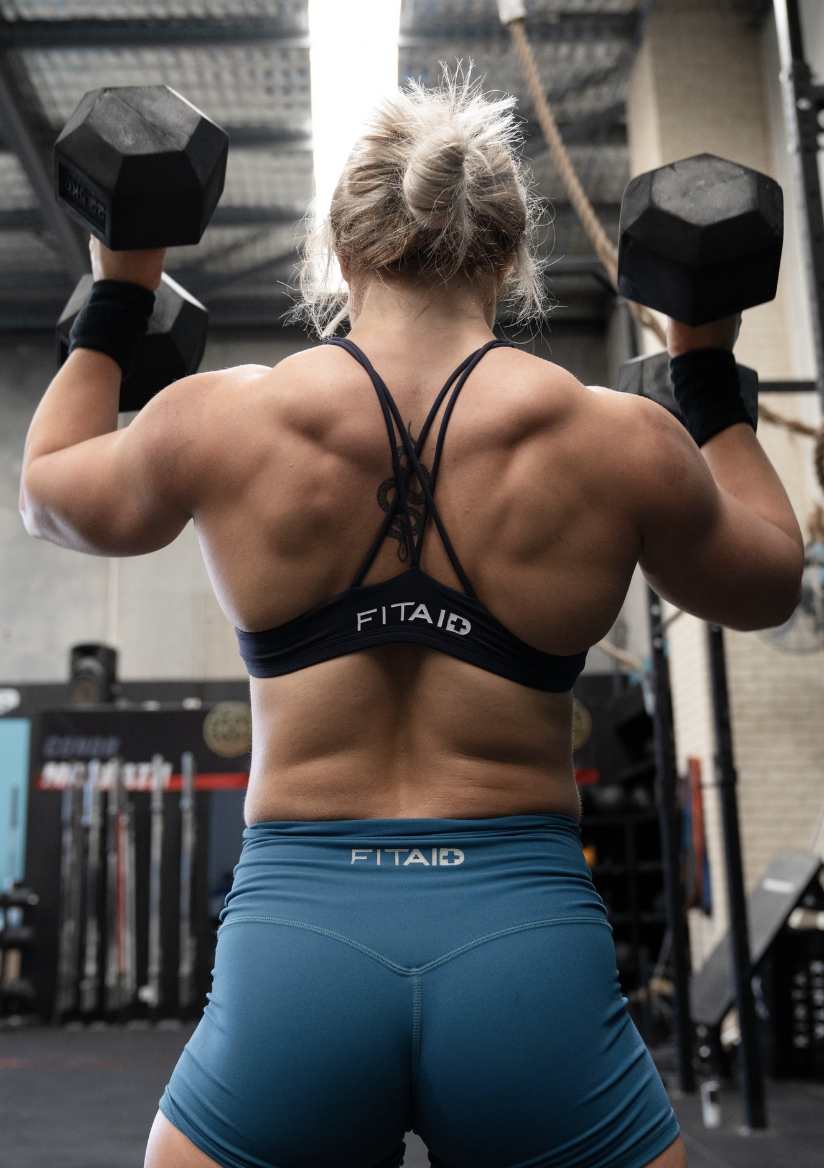


 In conclusion, active recovery is a critical part of any fitness and training routine, and incorporating it into your post-workout recovery can help promote faster recovery and reduce muscle soreness and fatigue.
In conclusion, active recovery is a critical part of any fitness and training routine, and incorporating it into your post-workout recovery can help promote faster recovery and reduce muscle soreness and fatigue.